A Fascinating Look at China From 4 Different Aspects!
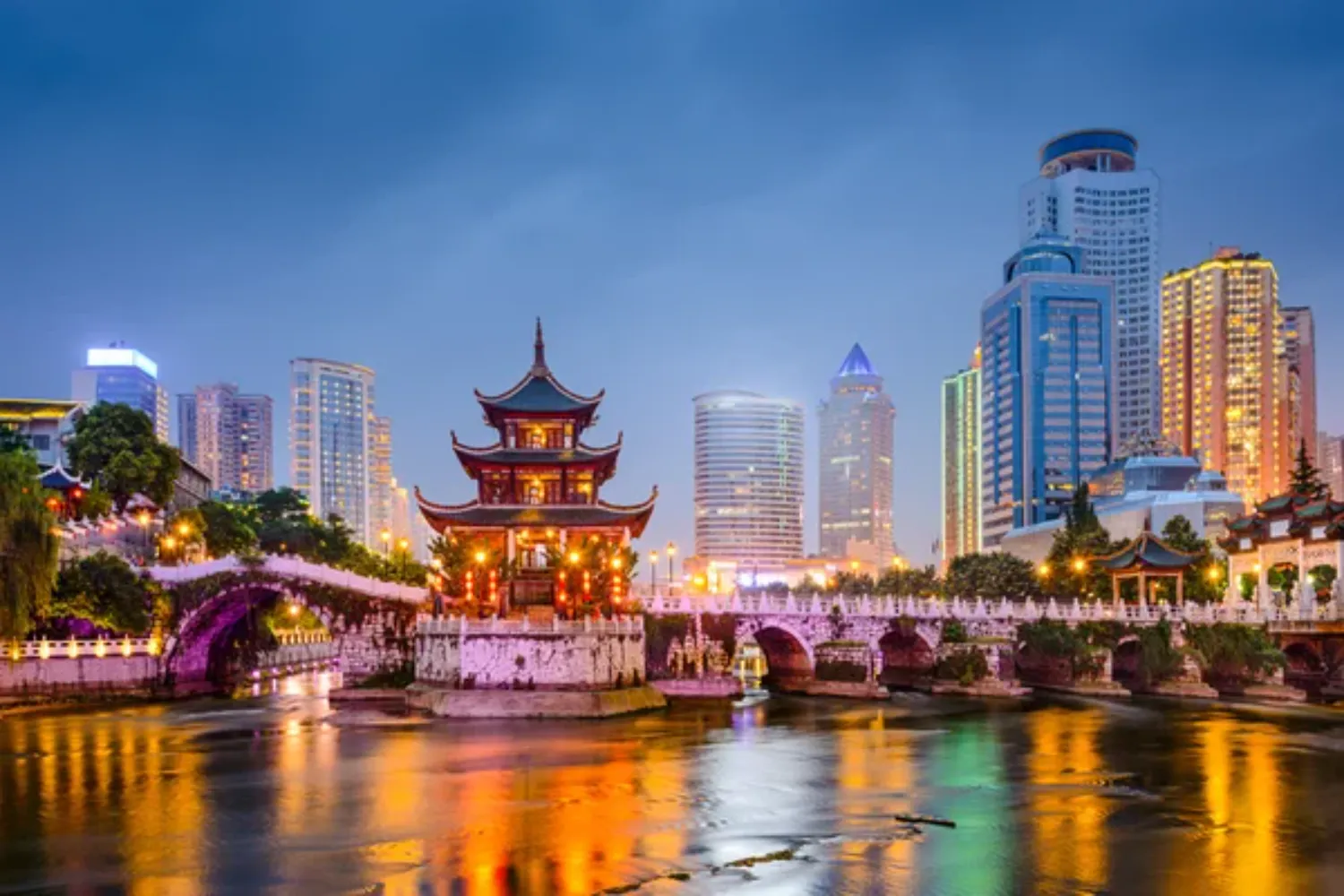
Updated On: April 20, 2024 by Ciaran Connolly
China has a rich history, unique architecture, diverse theatres, and fabulous arts and festivals due to its size and colossal territory. One of the world’s largest nations, China has a total area of over 9000 square kilometres and a population of over 1.4 billion. Its history goes back to the early prehistoric period when they discovered the Peking Man’s fossils at the Zhoukoudian Cave in Beijing.
Additionally, the Neolithic era and Dynasties, from around 7000 BCE to 1700 BCE, significantly impacted Chinese politics, society, art and culture. Keep reading, and you will also get to know Chinese art, festivals, theatres and architecture.
Chinese Architecture
In Chinese culture, traditional architecture has particular importance. Chinese architectural masterpieces include the Forbidden City in Beijing and the Temple of Heaven. The Mogao Caves are just one of many sites from the nation’s rich cultural history listed as World Heritage UNESCO Sites because of their historical significance and unique architectural design.
The Great Wall of China
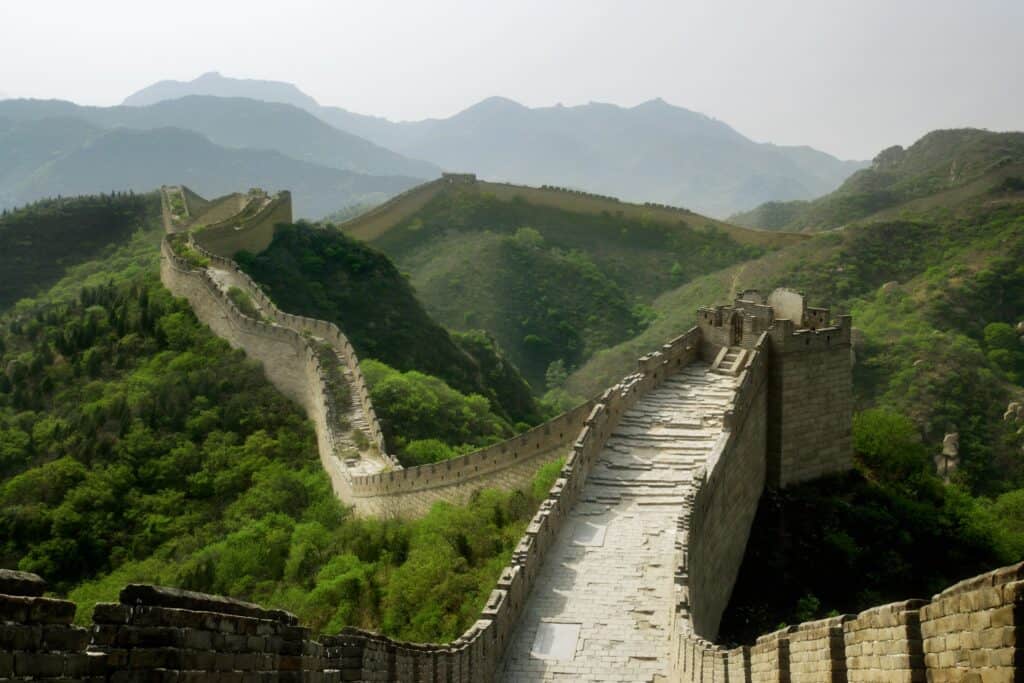
One of the world’s Seven Wonders and the most recognisable image of China is the Great Wall of China. It is 8,851.8-kilometre-long. The Great China Wall winds its way across China’s mountains, deserts, and plains. It’s challenging to go along the wall because it is in ruins.
The Mongolians breached the wall in the 13th century. Then, the Manchus broke through in the 17th century, despite the massive construction and the troops’ efforts to repel the attacks.
The Great Wall of China is separated into different sections, each tailored to a specific audience. The renovated section, Badaling, is one of the most well-liked parts. In 1957, this region was the first to welcome visitors, fewer than 80 kilometres from Beijing.
It is the location with the maximum saturation and receives millions of visitors annually. Visitors can quickly get to the top of the wall at Badaling. There are cable cars available for visitors to use.
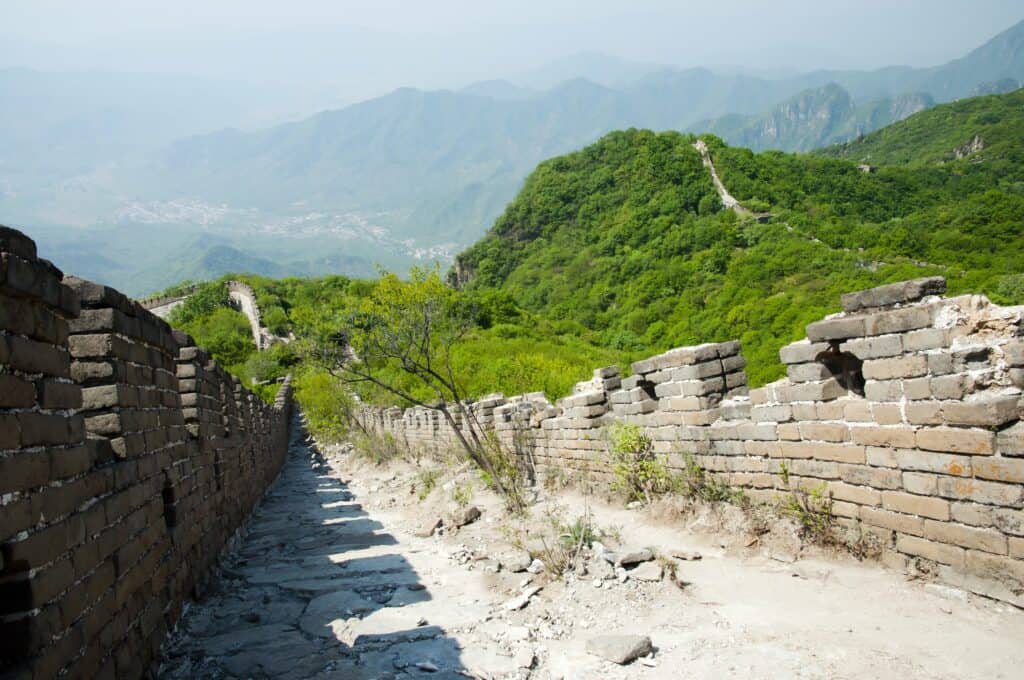
Mutianyu is one of the most fantastic sections when touring the Great Wall of China due to its impressive mountainous landscape. It is less than 90 kilometres from Beijing. Still, it sees less tourism than Badaling. Its amenities include a chairlift, a cable car, and a fun slide that allows guests to descend the mountain after seeing the wall.
One of the most stunning sections is Huanghuacheng because it has the lakefront portion of the wall. In addition, a part of the wall is submerged beneath a sizable dam’s water, making it a popular destination for tourists and divers looking to explore the wall’s most enigmatic sections.
It has steep pathways and is broken and eroding. Yet, hikers find it to be the most rewarding. There are fewer people because of the challenging walk, but there is more to do.
The section between Simatai and Jinshanling is entirely free of tourists. It is one of the steepest and trickiest to travel. However, it features breathtaking vistas.
Simatai is unsuitable for a tour because some portions erode, and other stretches of steep terrain may only be climbed. You can use a cable car for the ascent, and a zip line is used for the descent.
Jingshan Park
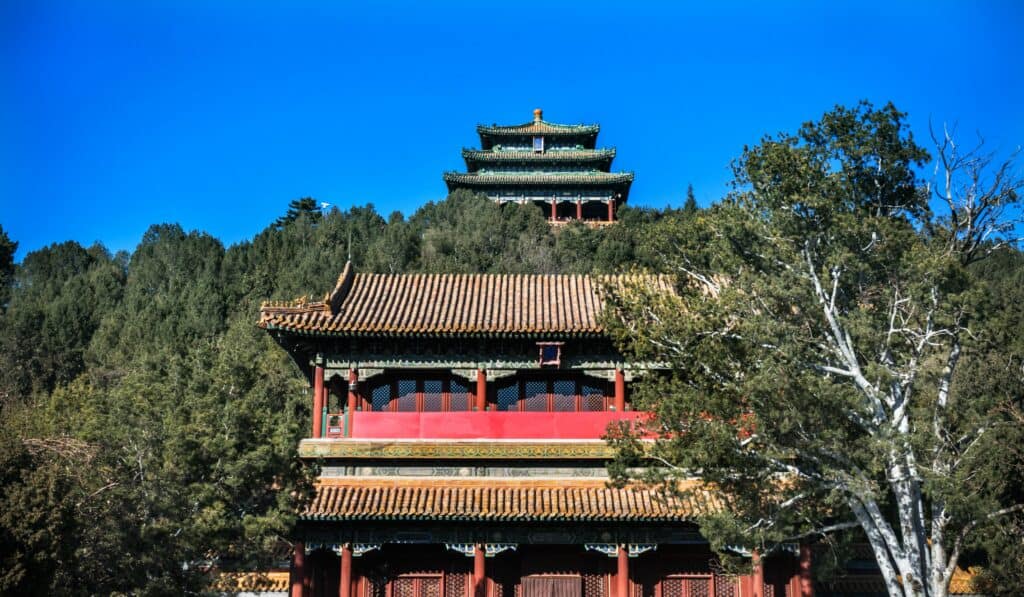
It is one of Beijing’s beautifully surviving imperial gardens, better known as Prospect Hill. The park lies north of the Forbidden City. In addition, it is an excellent site to get a bird’s eye view due to the city’s height.
The park was initially intended for imperial usage; still, it opened to the public in 1928, and hundreds of people visit it daily. The sights are worth the visit; however, the park’s trails are reasonably steep and require a long hike.
The Wancheng Ting Pavilion, situated at the top of the hill, stands out among the other pavilions masked by the surrounding greenery. The Forbidden City can be perfectly seen from there. The final Ming emperor passed away at the bottom of the park.
The Summer Palace
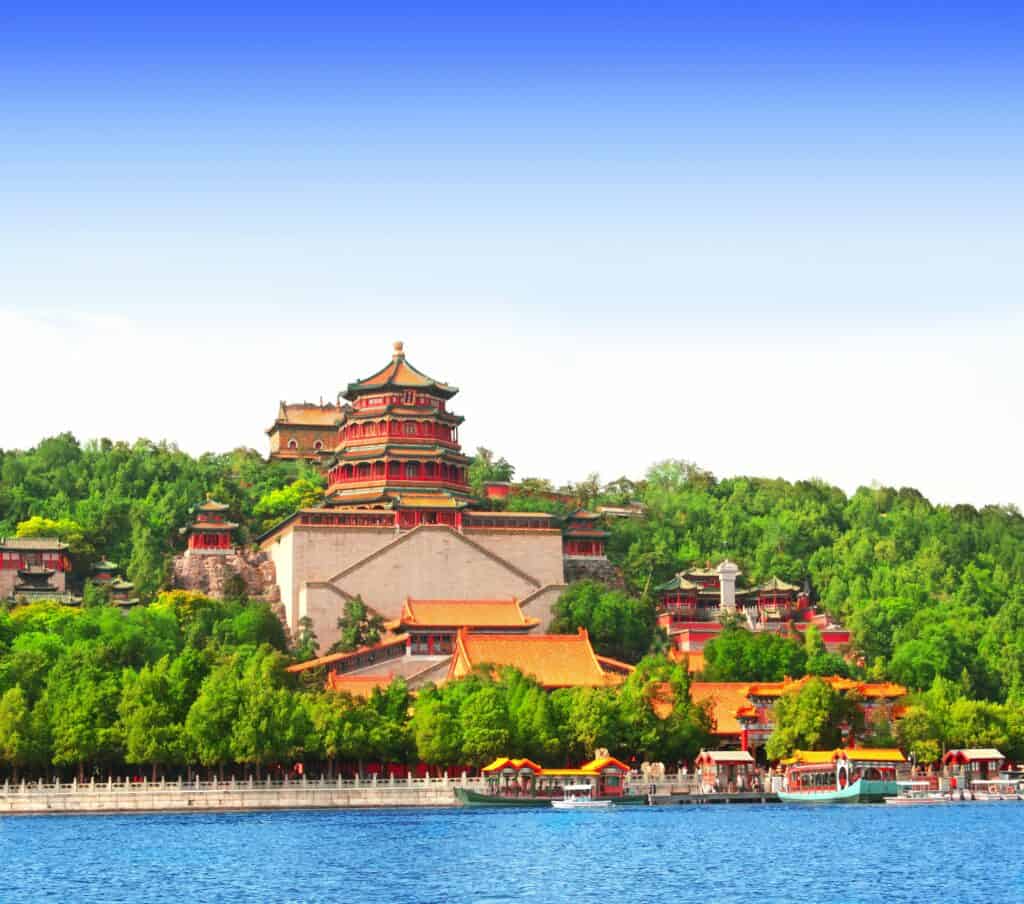
The Summer Palace is a lush complex of lakes, gardens, and palaces. It served multiple dynasties as an imperial park. It was a lovely retreat that the King dynasty utilised to escape the sweltering summers of the Forbidden City.
The Summer Palace spans more than 290 hectares. It is dominated by Lake Kunming, which takes up one-third of the area. Numerous beautiful temples, palaces, and gardens can be seen near the peace that the lake radiates. It can take several hours to explore every inch of the Summer Palace because of its size. Some of the most intriguing points are as follows:
- Buda Fragrance Tower: The views from the summit are worth the vertiginous walk up the high stairs.
- Garden of Virtue and Harmony: The royal opera troupe entertained Empress Cixi on the stage of the three-storey structure that served as a theatre. You can see some performances and traditional dances at specific times.
- Suzhou Street: Small stores that sell traditional and tourist goods make up this reproduction of a commercial strip constructed on Emperor Qianlong’s orders.
- Garden of Harmonious Pleasures: In this unique location, the untamed wilderness surrounds everything, yet the gorgeous Chinese structures are reflected in the lake.
- Great Gallery: Wooden beams support the vast covered corridor, which extends 728 metres from the Summer Palace. Over 14,000 paintings depicting themes from Chinese history and mythology embellish the passage.
You should reserve time to visit the unique Bejing Summer Palace during your stay. A calm haven is provided to visitors by the lovely structures, just as it was for various royal families in the past.
The Forbidden City
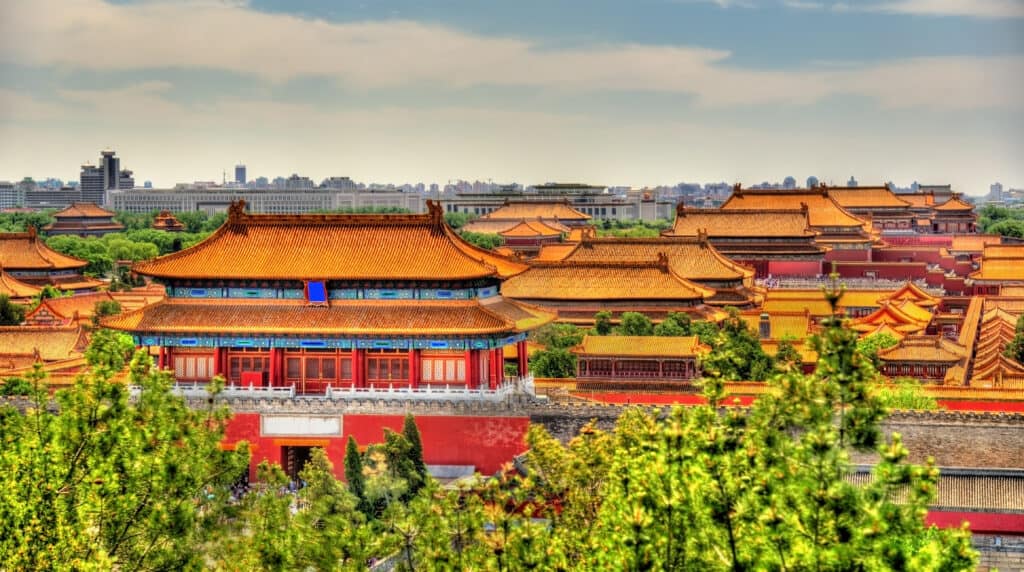
For over 500 years, the Forbidden City served as China’s political and religious centre. It earned the nickname “The Forbidden City”; although it is no longer an imperial landmark, it is still one of China’s most significant cultural heritage sites.
Large courtyards give way to various pavilions during the Forbidden City tour, where the emperor’s official ceremonies were held. The royal concubines lived in modest pavilions, lovely gardens and numerous public and private chambers.
- Roof Guardians: The guardians responsible for defending the structure in the case of fire. The figurines at the corners of the roofs represent them.
- Chinese Lions: a lion and a lioness guard the entrance to each pavilion. They are similar in appearance, but the lion carries a ball under one paw, while the lioness has a cub.
- Imperial Road: For the emperor’s chariot, a little marble ramp with dragon carvings, is visible in the middle of the stairs leading to each of the Forbidden City’s principal structures.
- Numerical harmony: The Forbidden City offers outstanding numerical balance based on odd numbers, particularly nine. The city has 9,999 rooms, and 81, which is nine squared, studs are used to embellish the imperial doors.
Pagoda of Fogong Temple
The lovely Pagoda of Fogong Temple, also known as the Sakyamuni Pagoda of Fogong Temple, is an ancient site with a rich culture. It is hidden in the new boundaries of Yingxian County, Shanxi Province.
It was constructed in 1056 A.D., during the Lio Dynasty and was one of the oldest wooden structures in China (916- 1125). This impressive Buddhist temple, having an eye-catching octagonal shape that was erected without a single nail, is undoubtedly one of the most famous ancient Chinese timber construction marvels.
Well-Known Holidays and Festivals in China
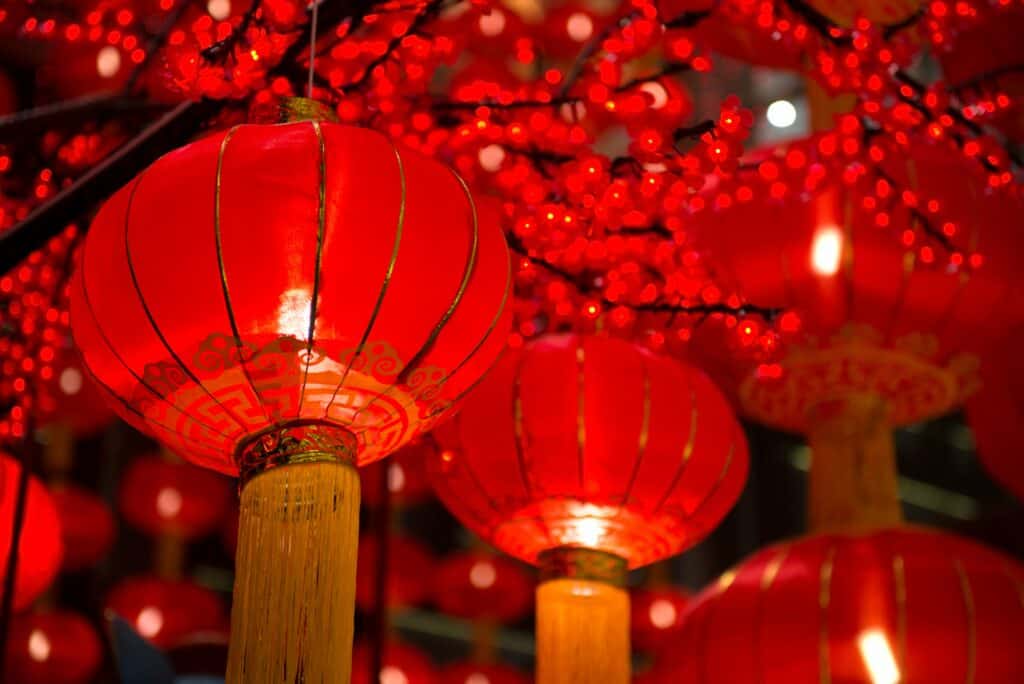
Traditional Chinese holidays are a significant part of harvest celebrations and prayer offerings. The Chinese New Year is the most remarkable Chinese holiday, which is also observed in Korea, Vietnam, and other Asian countries. All traditional holidays are based on the Chinese calendar (except Winter Solstice days and King Ming falling on the respective Gregorian calendar).
Halloween in China
China does not observe Halloween as the American holiday is only known to some people. However, a few continue to celebrate Halloween. For instance, Chinese universities frequently host international students and tourists for Halloween.
It suggests that towns close to colleges and popular tourist destinations, including Beijing, Shanghai, and Guangzhou, may also celebrate. It’s crucial to remember that these events might be more subdued than full-on haunted homes and pumpkin patches.
China doesn’t celebrate Halloween but celebrates several other creepy holidays. All year long, they keep ghost days and days of the dead. Religious traditions underlie these events, and those who participate think that during these days, the veil between the living and the dead becomes incredibly thin.
Hungry Ghost Festival
The seventh lunar day of the Chinese calendar is when the Ghost Festival takes place. It is believed that ghosts, spirits, and departed ancestors visit the living for the entire Ghost Month.
Families will prepare food offerings for hungry ghosts who might not have had a smooth transition to the afterlife during this month. To respect and satisfy unsatisfied spirits, they burn money, light incense, and do other rituals. People release paper boats and lamps into the water at the end of the month to direct the spirits back toward the underworld.
Qingming Festival
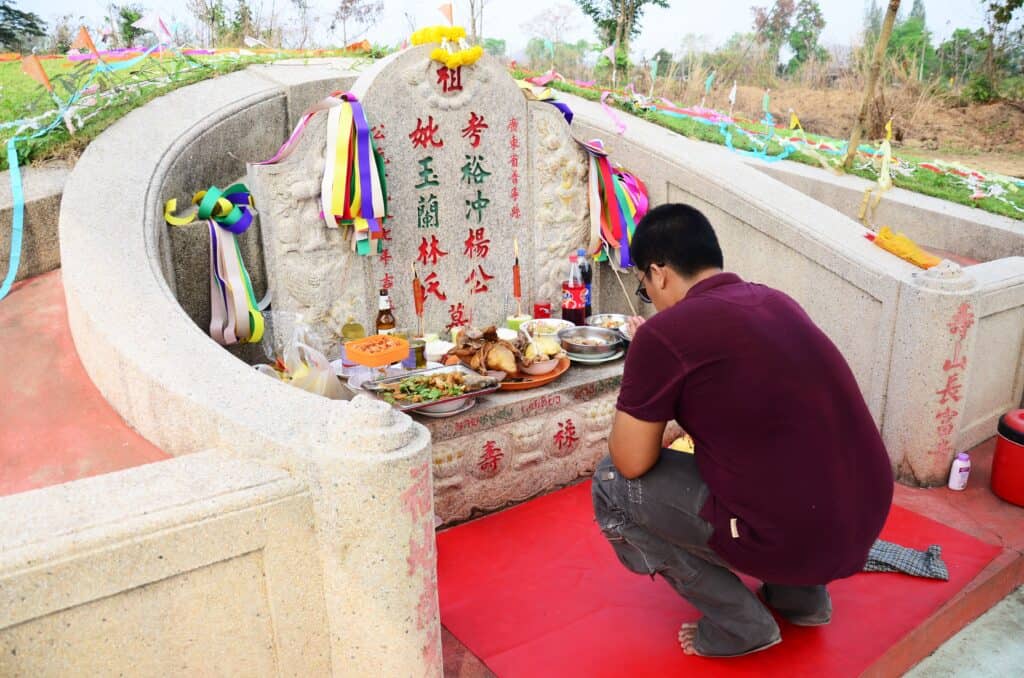
The English word “Qingming” roughly translates to “tomb sweeping.” The festival usually is celebrated 15 days after the Spring Equinox, which generally occurs at the beginning of April. People often leave offerings for the deceased, ride kites, enjoy time outdoors, and partake in unique dishes during the Qingming Festival.
The Hanshi “Cold Food” Festival and the Qingming Festival have evolved to be observed simultaneously over time. People consume cold food during this time and avoid using heat or fire. They perform this act in remembrance of Jie Zitui, a devoted servant of Duke Wen of Jin who perished accidentally in a fire in 771 BC. The celebration is focused on paying tribute to departed loved ones.
Double Ninth Festival
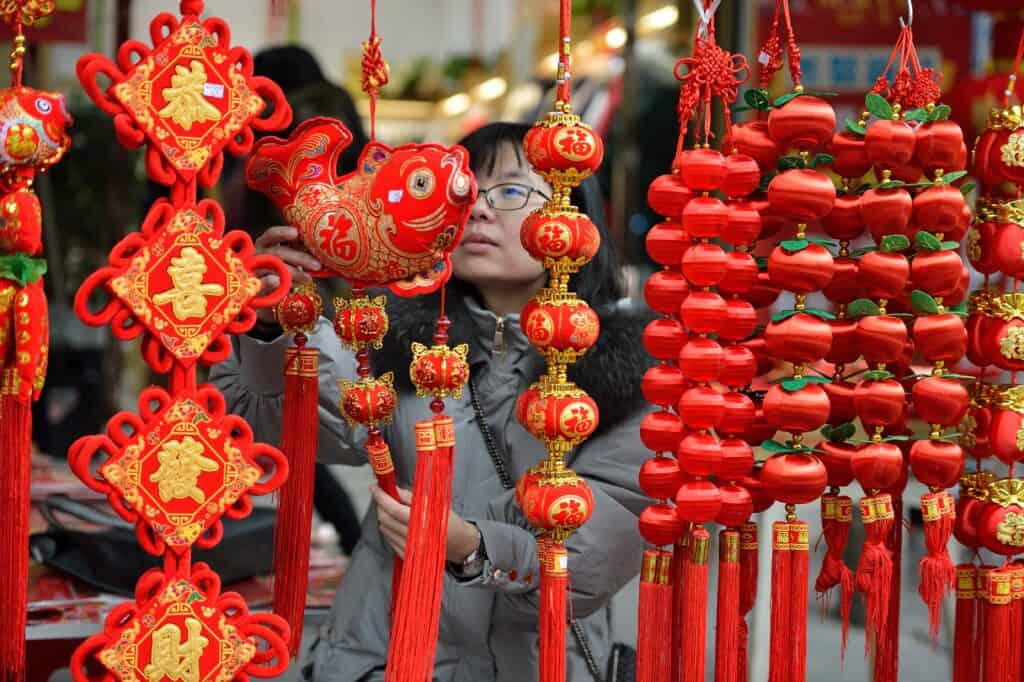
The Double Ninth Festival occurs on the ninth day of the ninth lunar month. It is also called The Senior’s Festival or the Chongyang Festival.
The festival is at the beginning of the Autumn season. Farmers used to worship the brilliant star Antares in the distant past to keep track of the days and seasons for their crops. It also serves to recognise the community’s elders.
Antares would emerge in the Summer and vanish in the Autumn. The star receives a heartfelt farewell from the Double Ninth Festival. To mark the beginning of Fall, people engage in mountain climbing, indulge in speciality Chongyang pastries, and sip chrysanthemum wine.
Interesting Art- Painting
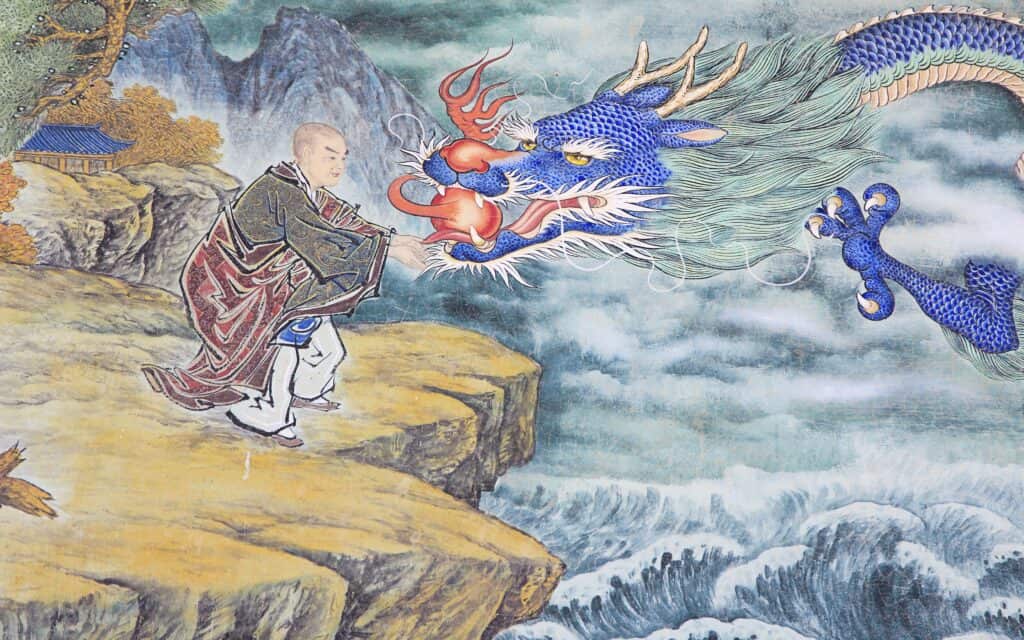
The ancient Chinese paintings date back to 5,000 and 6,000 years. At first, People began using minerals to create simple drawings of animals, plants, and even humans on rocks. They also used them as illustrations of incredible designs and decorations on the surface of pottery, later, bronze containers.
However, only a small number of the work endured over time. The earliest drawings that have survived today were created on paper and silk. They were used as burial items almost 2,000 years ago.
Based on drawing ability, there are two categories of Chinese artwork: coloured and water-ink. Coloured images predominated before the 12th century and were produced by artisans or professional painters. They are also referred to as “fine-stroke paintings,”.
They exhibit meticulous attention to detail and delicate brushwork. The original colours can be entirely preserved, and the paintings won’t deteriorate over time thanks to the mineral-made dyes. Coloured paintings, which exude an incomparably sublime air, were warmly embraced by the painters working in royal courts.
Chinese artists might unintentionally draw using calligraphic techniques. Finally, the Chinese literati adopted a custom still used today, signing their works with red seals with their names carved on them. Chinese art makes it quite evident that the people of China think holistically.
A blank area is always kept in Chinese paintings, referring to clouds above mountains. Paintings feature light circles reflected from the sun or moon, hovering above rivers or nothing. It is an apparent distinction between Chinese and European paintings. Some contend that the “blankness” of Chinese art is the most effective medium for expressing ambiguity and uncertainty in Chinese poetry.
By Zhao Mengfu, Yuan Dynasty
Fine art archaeology has a wealth of evidence that depictions of people as the topic were among the earliest types of Chinese paintings. It saw a fruitful development. Ancestors painted images of people and animals on walls and rocks in the prehistoric era using white stalks, red bauxite, or charcoal.
Gu Dangzhi (348-409) is a well-known painter and art theorist. He argued that attention should be paid more to the inner nature of figures rather than only their surface shapes that figure paintings. Therefore, artists and critics embraced this reasoning as a general principle that would govern the creation of comparable works and their analysis of them in the future.
Landscape paintings emerged considerably later and flourished swiftly in the Tang Dynasty (618–907). They are the most significant and influential Chinese artwork, frequently using natural surroundings, like mountains or rivers, as their subjects.
The majority of artists who painted in ancient China during its long art history focused on landscapes. Due to its deep roots in Chinese traditional culture, landscape painting attained its peak. It maintained its prominent position in Chinese paintings. According to ancient Chinese philosophers, the “unity of human beings and heaven” meant that humans could experience nature. They believed that people should coexist peacefully with nature.
By Ren Bonian, Qing Dynasty
Chinese artists preferred to include their sentiments and dreams in the natural scenery they created. So, it simultaneously aroused readers’ desire and imagination. This argument was generally accepted, being distinct from the Western one that nature should be dominated. Additionally, viewers admire flower-and-bird paintings featuring key subjects like flowers and grass, bamboo and rocks, birds and beasts, and worms and fish. The term “flower-and-bird” came about since the most familiar paintings included flowers and birds.
History of Theatre
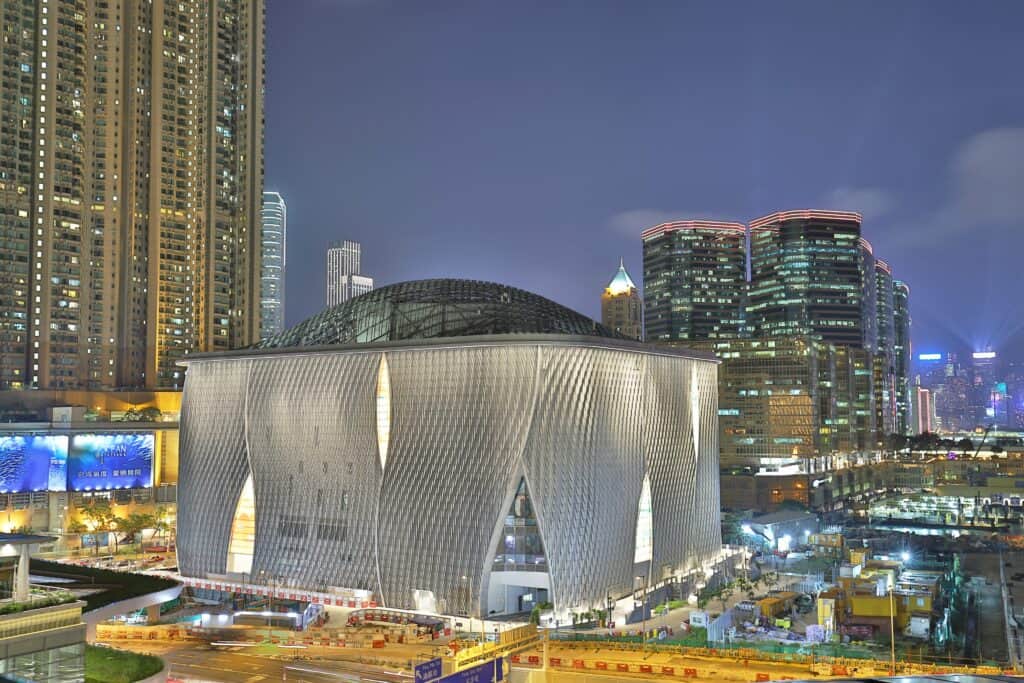
The twelfth century saw the peak of Chinese traditional theatre. A new form of theatre with actors who sang in verse and spoke in prose arose between the North Song and the South Song dynasties. Characters were separated into different roles, and actors acted on each character using rigid motions and movements. This unique theatrical subgenre has been around for about a thousand years.
Its plot framework, performance style, and acting techniques have all been entirely maintained to this day. It is now known in China as Xiqu. It is typically used to denote Chinese traditional theatre produced after 1950. This broad word encompasses numerous variations found in various parts of China. The national cultural agency recently (2017) conducted a survey. It discovered 348 theatre variations.
Some resemble theatre neither formally nor practically. Still, they are more like worship rites with only a few dramatic components. Some deviate from the Han ethnic group’s culture, and their forms differ from those of the Xiqu.
However, we frequently lump them all together under the Xiqu group. Xiqu, a form of theatre with a thousand-year history, continues to experience significant growth today. In addition to the hundreds of great plays that are still performed, numerous new ones are written yearly.
There are now one million Xiqu performances annually, with at least 500 million attendings. Despite being a remarkable sum, it is still a tiny quantity compared to the world’s 14 hundred million inhabitants. But Xiqu may be proud of its audience size compared to other types of theatres in China.
Conclusion
Besides China’s culture, art, architecture and theatre, China has a lot to offer everyone. We recommend checking the best things to do in China. Additionally, you can learn more about the capital of China, Beijing.






